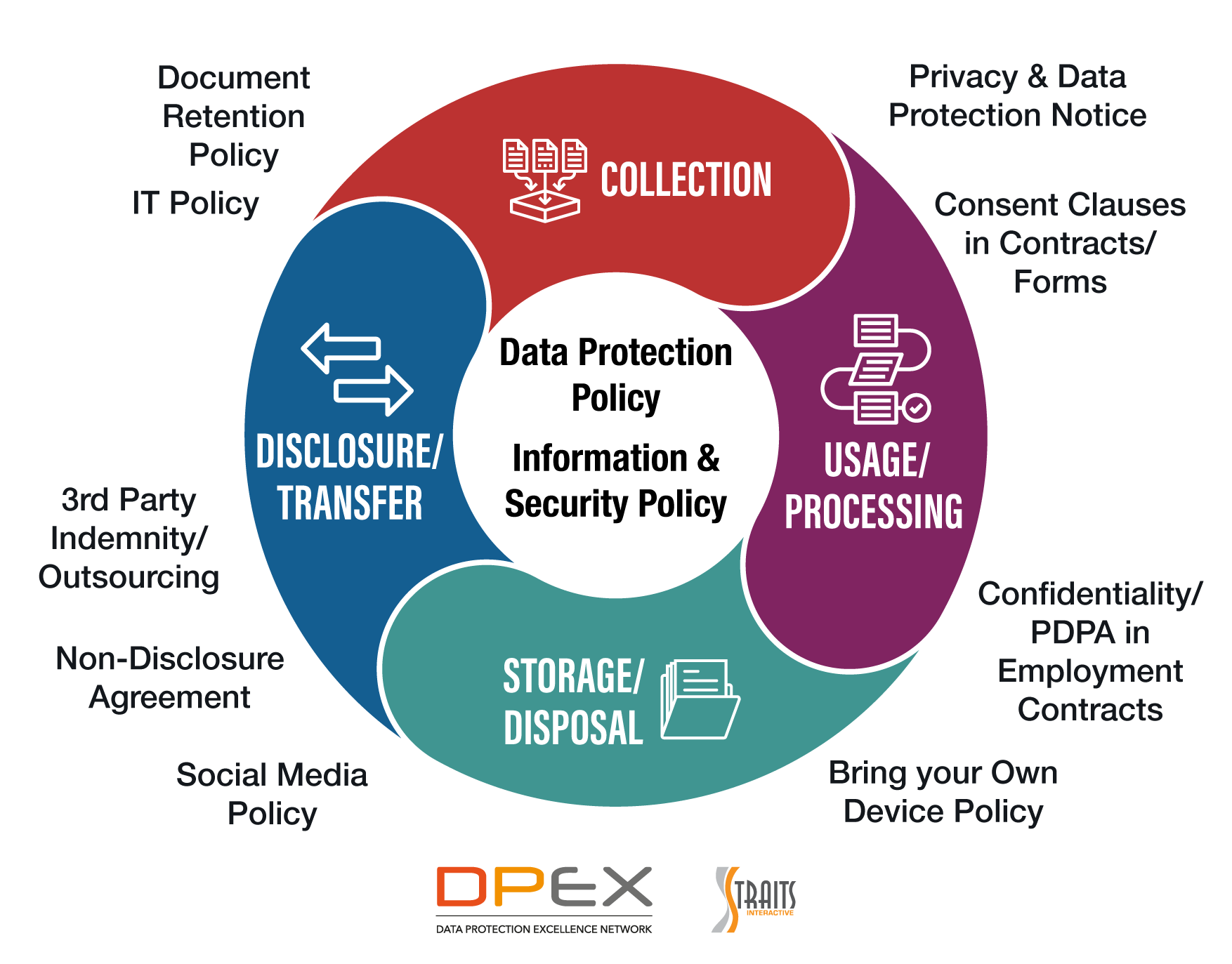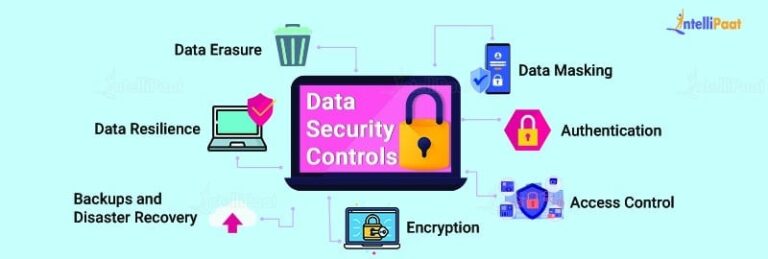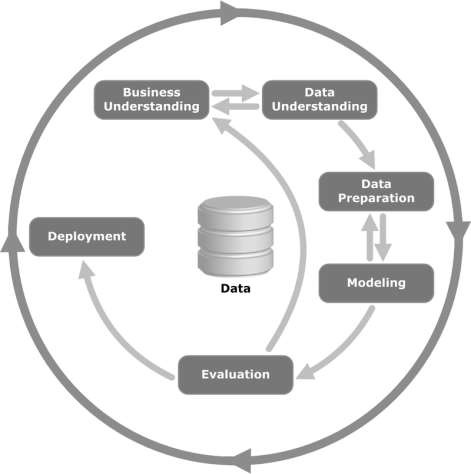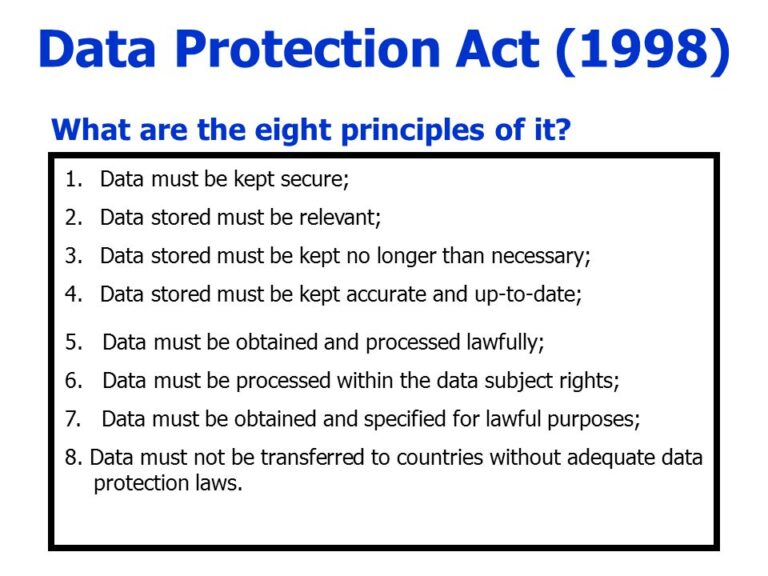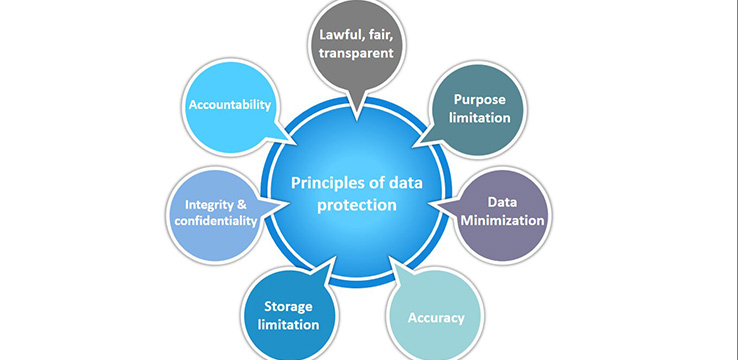What Is Data Protection Process?
Data protection process is a set of measures and procedures used to protect data from unauthorized access, modification, and deletion. It ensures that the data is secure and available for use by authorized personnel. It involves the implementation of various security measures such as encryption, authentication, and access control. Data protection processes are essential in the modern digital age as they protect sensitive information from malicious actors and ensure that only approved personnel can access the data. Additionally, they help organizations comply with various data privacy regulations and ensure the safety of customer information.
Definition of Data Protection
Data protection is the practice of protecting data from unauthorized access, use, disclosure, destruction or modification. It is a fundamental element of any organization’s security posture and an important part of any data security strategy. Data protection ensures that the data is only accessed by authorized personnel, and that any changes to the data are managed in a secure and controlled manner. In addition, data protection helps to ensure that users are aware of the risks associated with handling sensitive data and that they take appropriate measures to protect such data. Ultimately, data protection is essential for organizations to maintain the trust of their customers and to protect the integrity and security of their data.
Benefits of Data Protection
Data protection is essential for businesses of all sizes. By taking the necessary steps to protect your data, you can ensure that your organization’s confidential information is kept secure and that your customers’ data is safeguarded. Benefits of data protection include improved security, increased compliance, and enhanced customer trust. Data protection safeguards your critical data from potential threats, giving you peace of mind that your business is safe. Additionally, it helps your organization meet relevant regulations and standards, protecting you from potential financial penalties and other related risks. Finally, taking data protection seriously demonstrates to customers that their data is secure, boosting trust in your organization and strengthening customer relationships.
Components of a Data Protection Process
Data protection is an essential part of any organization’s IT security strategy. It involves a number of techniques and processes designed to protect data from unauthorized access, alteration, or destruction. A successful data protection process includes the following components:
1. Risk assessment: Identifying the risks to data security and developing strategies to reduce or eliminate them.
2. Policies and procedures: Developing policies and procedures to ensure that data is used in a secure and responsible manner.
3. Data encryption: Encrypting data to protect it from unauthorized access and alteration.
4. Access control: Limiting who can access and modify data.
5. Disaster recovery: Establishing plans and procedures for recovering data in the event of a disaster.
Data protection is a crucial part of any organization’s security plan. By following the components outlined above, organizations can ensure their data is secure and protected against unauthorized access, alteration, or destruction.
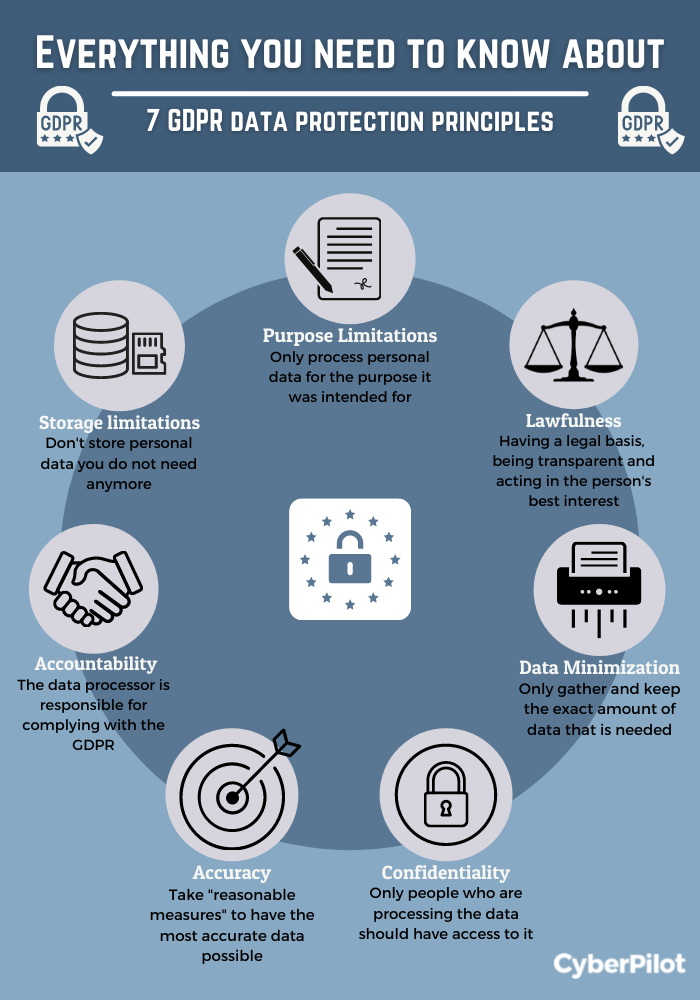
Steps Involved in a Data Protection Process
Data protection is an integral part of any organization’s security strategy. It is essential to protect sensitive data to ensure its safety and integrity. The process of data protection involves a number of steps, which must be completed in order to effectively safeguard against threats and malicious activity. These steps include identifying and assessing risks, developing a comprehensive data protection policy, implementing technical and physical security measures, and regularly monitoring the system for potential vulnerabilities. Additionally, organizations should ensure that their staff is adequately trained on data protection procedures and that all data is properly encrypted and stored securely. By following these steps, organizations can ensure their data remains safe and secure.
Challenges in Implementing Data Protection
Data protection is an important and growing concern for businesses and organizations of all sizes. In an increasingly interconnected and data-driven world, companies must take measures to ensure the security of their data. This includes the implementation of data protection measures to protect the security, integrity, and privacy of the data. However, implementing data protection measures can be difficult, as there are several challenges associated with it. These challenges include ensuring regulatory compliance, implementing appropriate technical and organizational measures, and educating employees on data protection. Additionally, organizations must be prepared to respond to data breaches quickly and effectively. As data protection becomes increasingly important, it is critical for organizations to understand the challenges associated with data protection implementation in order to ensure their data is secure.
Best Practices for Data Protection
Data protection is essential to ensure the safety and security of confidential information. The implementation of best practices is the best way to ensure that data is properly protected. These best practices include regular backups, encryption of data, secure access to systems, and monitoring of network activity. Additionally, organizations should have policies and procedures in place to ensure data is only accessed by authorized personnel. Finally, organizations should regularly audit their systems, to ensure data is being properly managed and protected. By following these best practices, organizations can ensure their data is secure and protected from any unauthorized access.
FAQs About the What Is Data Protection Process?
Q1: What is data protection?
A1: Data protection is a process that is designed to protect personal data from unauthorized access, use, disclosure, and destruction. It involves the application of technical and administrative measures to ensure that data is secure and only accessible to authorized personnel.
Q2: How does data protection work?
A2: Data protection works by using a combination of technical, administrative, and physical security measures to protect data from unauthorized access. This includes encryption, access control, data backup and recovery, authentication, and monitoring.
Q3: What are the benefits of data protection?
A3: Data protection provides a number of benefits, including increased security, improved privacy and compliance, reduced risk of data loss, and enhanced customer trust. It also helps organizations comply with data protection regulations and protect their reputation.
Conclusion
Data protection processes provide an effective way to protect digital information from unauthorized access, alteration, or destruction. They involve the use of technological and organizational measures to protect data from cyberattacks, data breaches, and other threats. By implementing data protection processes, organizations can minimize the risk of data loss and ensure that only authorized personnel have access to sensitive data. Ultimately, data protection processes are essential for organizations to maintain data security, privacy, and integrity.
